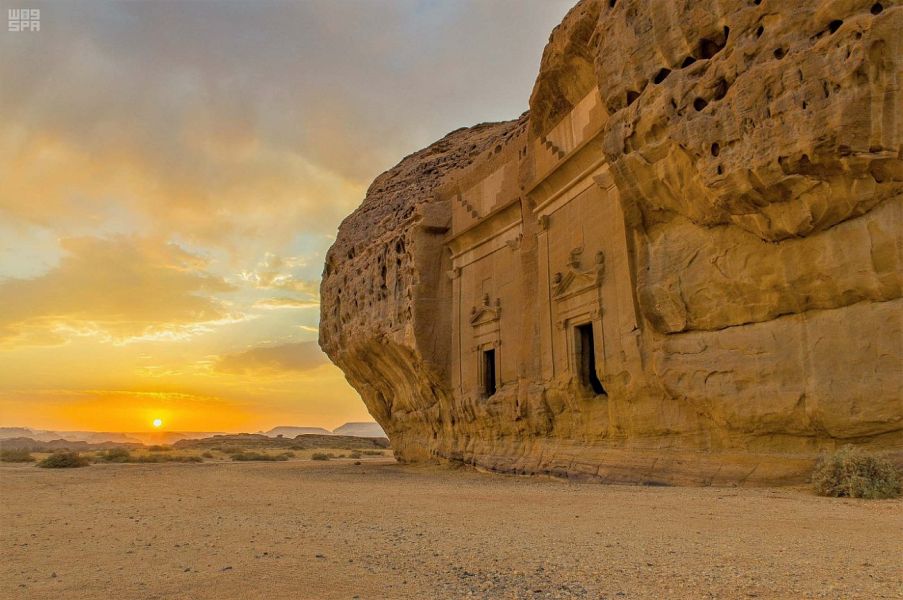Saudi authorities indicated that the Kingdom has only begun to discover important cultural and heritage sites and artifacts across Saudi Arabia, with Heritage Commission CEO Dr. Jasser Bin Suleiman Al-Harbash stating that archaeological sites, which have been discovered in the Kingdom, constitute only 15% of Saudi Arabia’s treasures.
Dr. Al-Harbash made these remarks during the scientific conference of the Heritage Commission being held in Al-Jouf under the name “The Camel Sculpture Site and Its Cultural Importance from a Global Perspective,” according to a report in the local Saudi Gazette.
The recent discovery of world heritage sites, relics, and important artifacts by Saudi and international researchers has put the Kingdom on the global map over the past decade — and has provided a new market and destinations for inbound tourists into the Kingdom.
Al-Harbash said that 85% of the sites in Saudi Arabia have not yet been discovered, or discovered in a simple way and need further prospecting and research.
There are 8,000 archaeological sites in the Kingdom, and more than 1,000 urban heritage sites, Al-Harbash said.
The number of recent new discoveries and revelations as teams of archeologists are granted greater access to sites across Saudi Arabia continues to grow.
Just last month, A multinational team of archaeologists uncovered an 8,000-year-old settlement in southwest Saudi Arabia, offering experts a glimpse into the daily lives of the nomadic tribes of ancient Arabia.
Led by Saudi and French scientists, the dig took place at Al-Faw, an archaeological site upon which the former capital of the Kingdom of Kindah was once located, according to the publication Art Net.
Two weeks ago, Archaeologists from the University of Oxford used satellite images to identify and map more than 350 monumental hunting structures, known as “desert kites,” in northern Saudi Arabia and southern Iraq, according to iTV. The archaeologists believe they were used to guide game such as gazelles to an area where they could be captured or killed. Some of these giant structures date back to 8,000 BC, during the Neolithic era.









